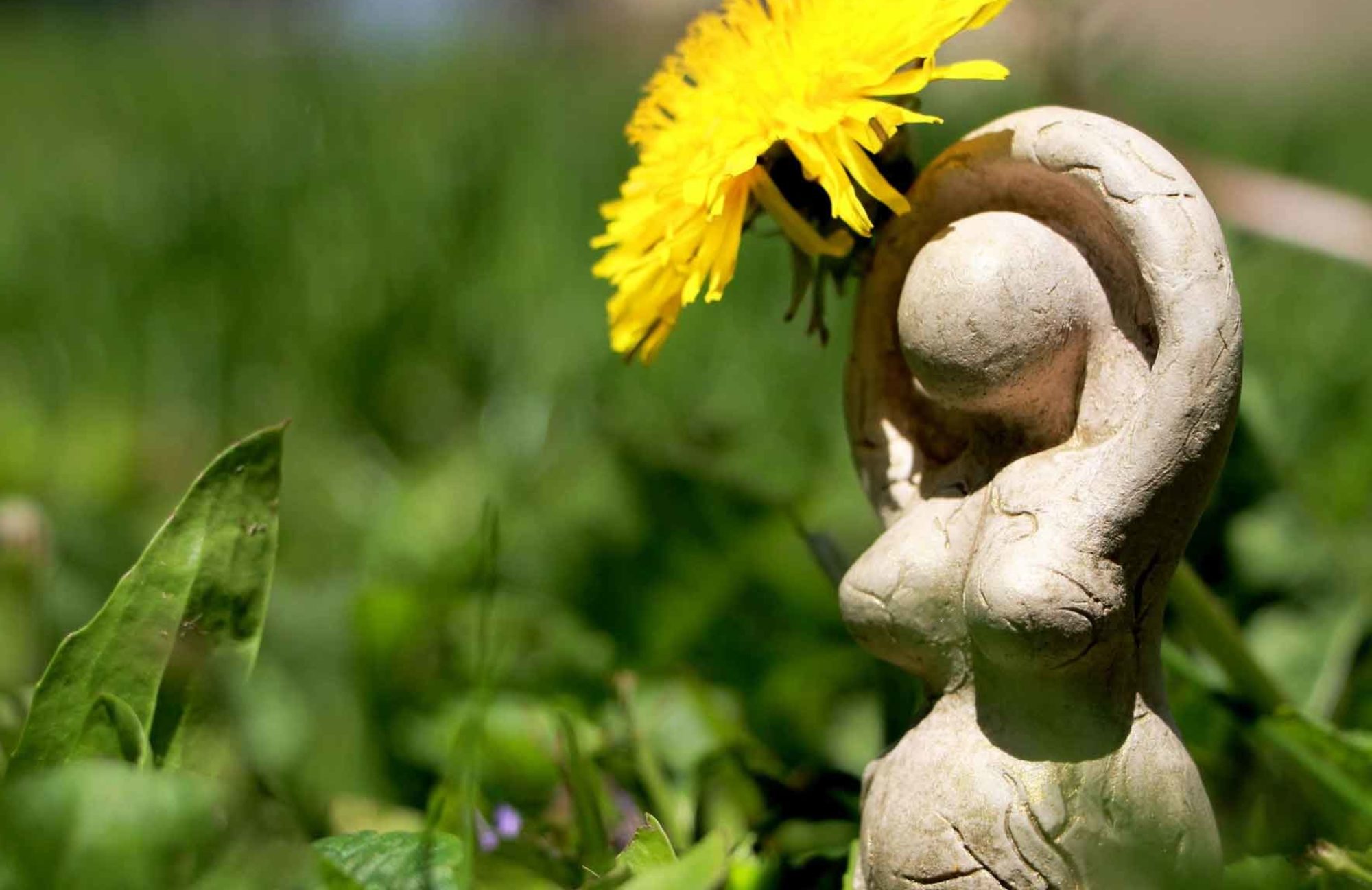Borderlands: Scholarship as Pilgrimage and Mystery
The Association for the Study of Women and Mythology (ASWM)
2014 National Conference San Antonio, TX March 28-30
We invite you to submit proposals to the ASWM Third Biennial National Conference. ASWM is a professional organization supporting scholarly and creative endeavors that explore or elucidate aspects of the sacred feminine.
Suggested topics for this conference include, but are not limited to, the following:
-
As this conference takes place in the modern borderland between Mexico and the US and in the stronghold of Native American and Latina traditions of the Southwest, we invite you to consider these topics:
-
Mesoamerican culture in relation to women and myth
-
La Virgen de Guadalupe and other Dark Goddesses
-
Cultural and mythic traditions (such as Day of the Dead/Dia de los Muertos and La Llorona)
-
Borderland myths and reality of women’s lives
-
Curanderas and healing practices
-
Myth and folklore associated with water
-
-
How does mythology about women interact with the sense and reality of place? How does our scholarship change when place becomes an element or partner in our research? What does it mean to find wisdom in places?
-
What are new paths for the field of Women’s Spirituality and Goddess Studies, including archeomythology? What are new models and methods for our scholarly inquiry?
-
What are the complexities around issues of Cultural Appropriation? How do we understand and address the tensions around rootedness and local culture and issues of lineage and history? Are there new ways to honor history and culture while enriching our scholarship?
-
One of the groundbreaking books from Patricia Monaghan was Oh Mother Sun: A New Vision of the Cosmic Feminine. We invite you to submit proposal ideas that are in dialogue with this work about solar goddesses.
-
Animal mysteries, including myth and folklore especially related to horses and predators.
-
Liminal deity, spanning borders of species, sex, and gender
Proposals for papers, panels, and workshops addressing these topics will be given preference, but other subjects will be considered. Papers should be 20 minutes; up to four papers on a related topic may be proposed together. Workshops (limited to 90 minutes) should be organized to provide audience interaction and must clearly address theme.
Presenters from all disciplines are welcome, as well as creative artists, filmmakers and practitioners who engage mythic themes in a scholarly manner in their work. Presenters must become members of ASWM prior to conference.
Send 250-word abstract (for panels, 200 word abstract plus up to 150 words per paper) to aswmsubmissions@gmail.com by October 15, 2013. Include bio of up to 70 words for each presenter, as well as contact information including surface address and email. See www.womenandmyth.org.



You must be logged in to post a comment.